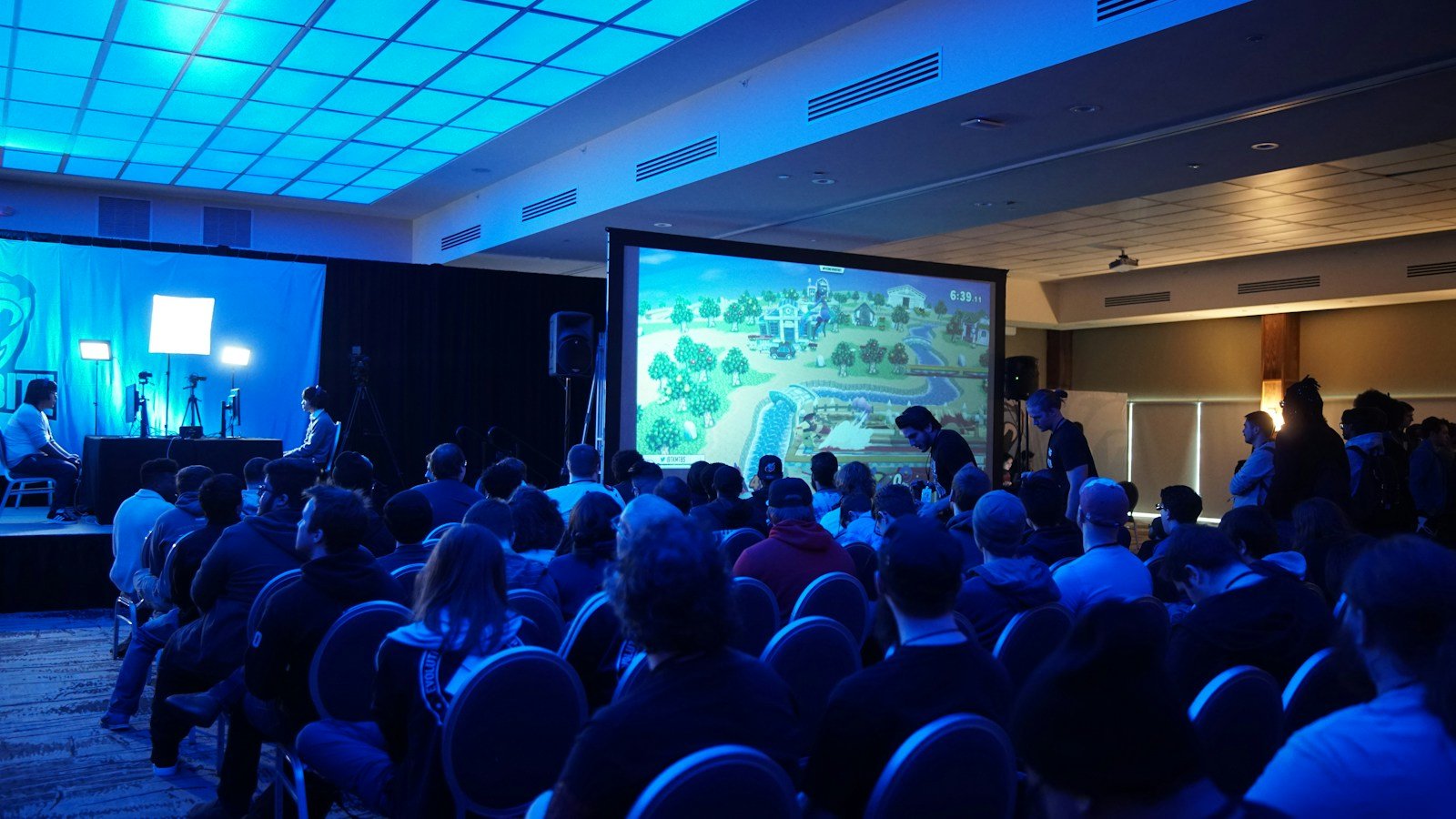
Artificial Intelligence (AI) is revolutionizing various industries, including gaming and cinema, and its impact on the creation of concept art for games like World of Warcraft is profound. Here’s how AI is transforming the world of gaming and cinema through concept art:
- Procedural Generation: AI algorithms can generate vast and detailed landscapes, characters, and environments through procedural generation techniques. In the context of World of Warcraft, AI can assist in creating expansive virtual worlds filled with diverse landscapes, cities, and creatures.
- Enhanced Creativity: AI-powered tools enable artists and designers to explore new creative possibilities and generate innovative concept art ideas. By leveraging machine learning algorithms, artists can receive suggestions, generate variations, and explore different artistic styles, leading to the creation of visually stunning and immersive game environments.
- Speed and Efficiency: Traditional concept art creation processes often involve time-consuming tasks such as sketching, rendering, and iteration. AI accelerates this process by automating repetitive tasks and streamlining the workflow. Artists can focus more on creative exploration and experimentation, leading to faster iteration cycles and quicker production turnaround times.
- Adaptive Storytelling: AI-driven storytelling techniques enable game developers and filmmakers to create dynamic and adaptive narratives that respond to player and audience interactions. By analyzing player behavior and preferences, AI algorithms can tailor the gaming experience or movie storyline in real-time, providing a personalized and engaging experience for each user.
- Character and Creature Design: AI algorithms can assist in the design of characters and creatures by generating anatomically accurate models, suggesting unique features, and predicting movement patterns. In World of Warcraft, AI can contribute to the creation of diverse and visually compelling characters, each with distinct personalities, abilities, and behaviors.
- Visual Effects and Cinematography: AI-powered tools enhance the quality and realism of visual effects and cinematography in games and films. From dynamic camera movements to realistic lighting and physics simulations, AI algorithms enable developers and filmmakers to create immersive and cinematic experiences that captivate audiences.
- User-Generated Content: AI-driven content creation tools empower players and users to contribute to the game or movie creation process. By providing intuitive interfaces and intelligent assistance, AI enables users to generate their own concept art, characters, levels, and stories, fostering a collaborative and participatory creative ecosystem.
- Artificial Intelligence as a Creative Partner: Rather than replacing human creativity, AI serves as a complementary tool that enhances the creative process. By combining the artistic vision of human designers with the computational power of AI algorithms, game developers and filmmakers can push the boundaries of imagination and storytelling, creating unforgettable gaming experiences and cinematic masterpieces.
In summary, AI is transforming the world of gaming and cinema by revolutionizing the creation of concept art, enhancing creativity, efficiency, and storytelling capabilities. As AI technologies continue to evolve, we can expect even more innovative and immersive gaming experiences and cinematic adventures in the future.
